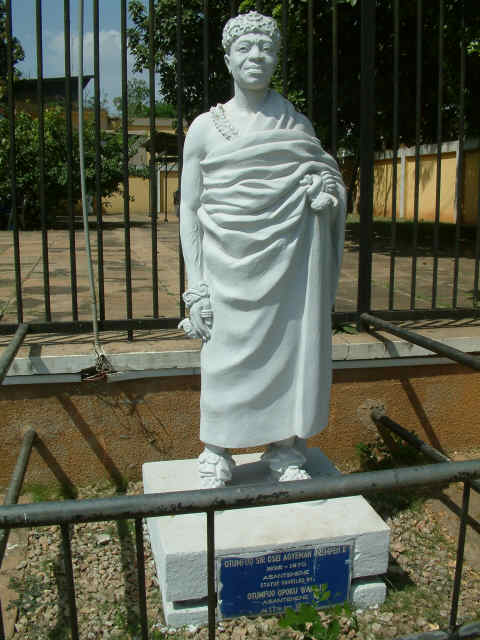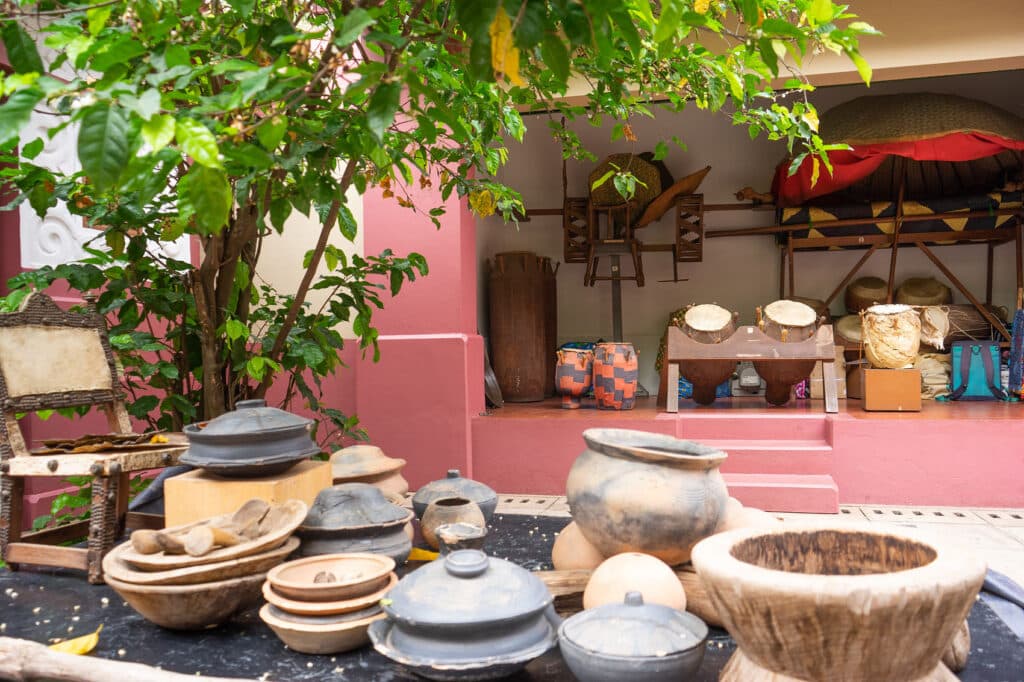Located in the center of the National Culture grounds in Kumasi, Ghana, the Prempeh Jubilee Museum is a captivating institution that offers a deep dive into the rich history of the Ashanti people. Established in 1954, the museum has become a significant cultural landmark and a repository of invaluable artifacts and exhibits.

One of the main highlights of the museum is its fascinating collection of Ashanti history, prominently featuring the renowned Okomfo Anokye. Within the museum’s walls, visitors can explore a variety of memorabilia associated with Okomfo Anokye, a legendary priest and spiritual leader of the Ashanti people. One remarkable item on display is a 300-year-old antique treasure bag, which carries an air of mystery as Okomfo Anokye strictly forbade anyone from opening it. The bag stands as a testament to the enigmatic nature of Okomfo Anokye’s powers and his revered status within Ashanti culture.

In addition to the artifacts of Okomfo Anokye, the Prempeh Jubilee Museum also showcases a wide array of exhibits related to Ashanti King Prempeh II. As one of the most influential Ashanti monarchs, King Prempeh II played a significant role in the history of the Ashanti Kingdom. The museum proudly presents various artifacts associated with the king, including his war attire, ceremonial clothing, jewelry, and protective amulets. These items offer a glimpse into the regal traditions and opulence of Ashanti royalty, allowing visitors to immerse themselves in the grandeur of the past.

Stepping into the Prempeh Jubilee Museum, visitors are treated to a captivating journey through the rich tapestry of Ashanti culture and history. The museum’s carefully curated collection of artifacts and exhibits offers a unique opportunity to explore the legacy of Okomfo Anokye and the reign of King Prempeh II. By delving into the depths of the museum’s displays, visitors can gain a deeper understanding of the traditions, beliefs, and achievements of the Ashanti people, fostering a greater appreciation for their vibrant heritage.






































